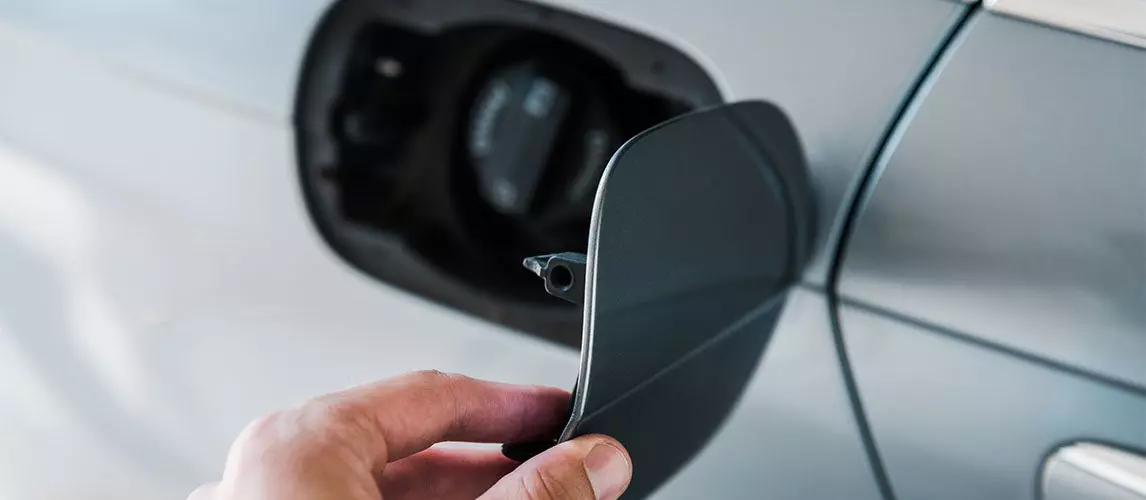Like that bowl of forgotten leftover ramen sitting in the back of your refrigerator, gas can equally go rotten if left unattended. Gas stations don’t advertise expiration dates, but after about six months of sitting, the chemical reaction that occurs when gas meets spark can fizzle out and cause all sorts of engine problems. When you have bad gas, there’s only one solution: remove it.
Because most people don’t regularly remove and dispose of old gas, Car Autance has come up with this handy-dandy guide to walk you through the process. Let’s hope you like the smell of gasoline as much as we do.
Common Reasons Why Gas Goes Bad
A number of factors could affect the quality of your gasoline. Know thy enemy and prevent costly spoilage.
- Time
As gas ages, it loses its volatility (the reaction that produces spark and combustion) and won’t work. Leaving gas for six months or longer could lead to degradation.
- A Rusty Gas Tank
Just as rust can ruin your paint, so too can a rusty gas tank ruin your gas. Oxidation within the gas tank can produce particulate matter that makes its way through the fuel system, past the fuel filter, and gums up the engine. No bueno.
- Contamination
As rust can form and contaminate your gas, so too can a lot of other invasive things. Water leaking into the system, metal debris from a bad fuel pump, or sugar in your tank from your ex all could contaminate your gas.
What You’ll Need To Dispose of Old Gas
Car Autance HQ has the type of garage most would sell their left arms for, with all the tools necessary for a variety of jobs. But we understand that DIYers may not have the stocked, locked, and ready to rock garages full of tools we enjoy. So here’s a list of what you’ll need to dispose of old gas.
- Time
It’ll take anywhere between 30 minutes to an hour.
- Space
You’ll also need a level workspace, such as a garage floor, driveway, or street parking.
- Tools
Extraction siphon and container, along with a cardboard mat to place in your trunk or storage space.
Safety
Before we get into how to remove the gas, readers should know that working with flammable liquids such as gasoline can be very dangerous. A single spark could set the fluid alight, and you along with it. Think before you act, and keep any tools, cords, or other items that could spark away from the gasoline.
Wear safety glasses, gloves, old clothes like that ratty Blink-182 tour shirt, and, if you’d like, a pair of mechanic-style overalls.
Stay safe.
How To Dispose of Old Gas
Before we get started, ensure that the ignition is off, the key is out of the car, and that the vehicle is both cool and on a level workspace. You can then remove the gas cap or tank cover and get started!
Removing the Gas From Your Car’s Tank
- Place your certified gas container, i.e. a gas tank or jerry can, on the ground near the gas tank cover.
- Using the siphon pump, insert the input tube into the gas tank and try to get it all the way to the bottom of the tank.
- Connect the tube to the gas tank/jerry can.
- Once connected, pump the siphon until the old gas is removed.
- Extract the tube.
- Close the gas tank cover on your car, as well as the gas tank/jerry can’s cover.
Disposing of the Old Gas
To dispose of your old gas, you’ll need to find a local recycling or toxic waste disposal site. You’ll likely have to call for instructions and a specific drop off location. Most auto parts stores don’t take in old gas.
Q. How Much Does It Cost To Dispose of Old Gas?
A: Aside from the siphon and gas tank/jerry can, there may be a small expense when you drop off your old gas at the waste disposal facility. Each place varies, so call ahead.
Q. Can You Dump Old Gas On the Ground?
A: Are you an animal? Do you have a blood feud with that tree? Are you really that lazy? The answer is absolutely not. If you get caught pouring out your old gas, you’ll likely get a ticket and a one-way trip to Car Autance’ list of irresponsible mechanics.
Q. What Happens If You Put the Wrong Octane In Your Car?
A: Before cars had ECUs and hundreds of miles worth of onboard electronics, putting the wrong octane gas into your car would’ve been detrimental to your car’s health. You’d likely get engine knock and that would be that. But that’s not been the case for some time, as your car’s computers will automatically adjust a host of variables to compensate for the lower or higher octane gas. Still, follow your manufacturer recommendations for the best results.
Q. Does Premium Gas Give Better Mileage?
A: Yes and no. Though it’s possible to return slightly better gas mileage, you’ll also be spending more on the higher-priced premium fuel. The end result is a net-negative, unfortunately.









